Are you currently in the process of upgrading your legacy application to keep up with the ever-evolving digital landscape? You've come to the right destination to learn about the lift and shift approach, a seamless method to migrate your app to a contemporary cloud infrastructure effortlessly.
Cloud migration is a key solution that several companies are looking to implement in their modernization roadmap. While there are umpteen ways to bring the cloud-first policy into an organization, it is important to make sure the process is easy, quick, and cost-effective. Lift and Shift is a very popular and reliable approach when it comes to transferring application workloads to the cloud. Shifting your monolithic application to a modern architecture (cloud) using lift and shift brings numerous benefits to your business, such as scalability, agility, and customized expenses. If you're considering using this method to modernize an application or software, the following sections will provide you with a more comprehensive understanding of the process.
How does Lift and Shift Cloud Migration work?
The "lift and shift approach" is a rapid and cost-effective method employed by businesses to migrate applications into a new environment, typically the cloud, without altering the core architecture and code. Developing a smart strategy is crucial when adopting the lift and shift approach. Enterprises must ensure that their applications are equipped with all the necessary features and resources to function effectively in the new environment after the migration process.
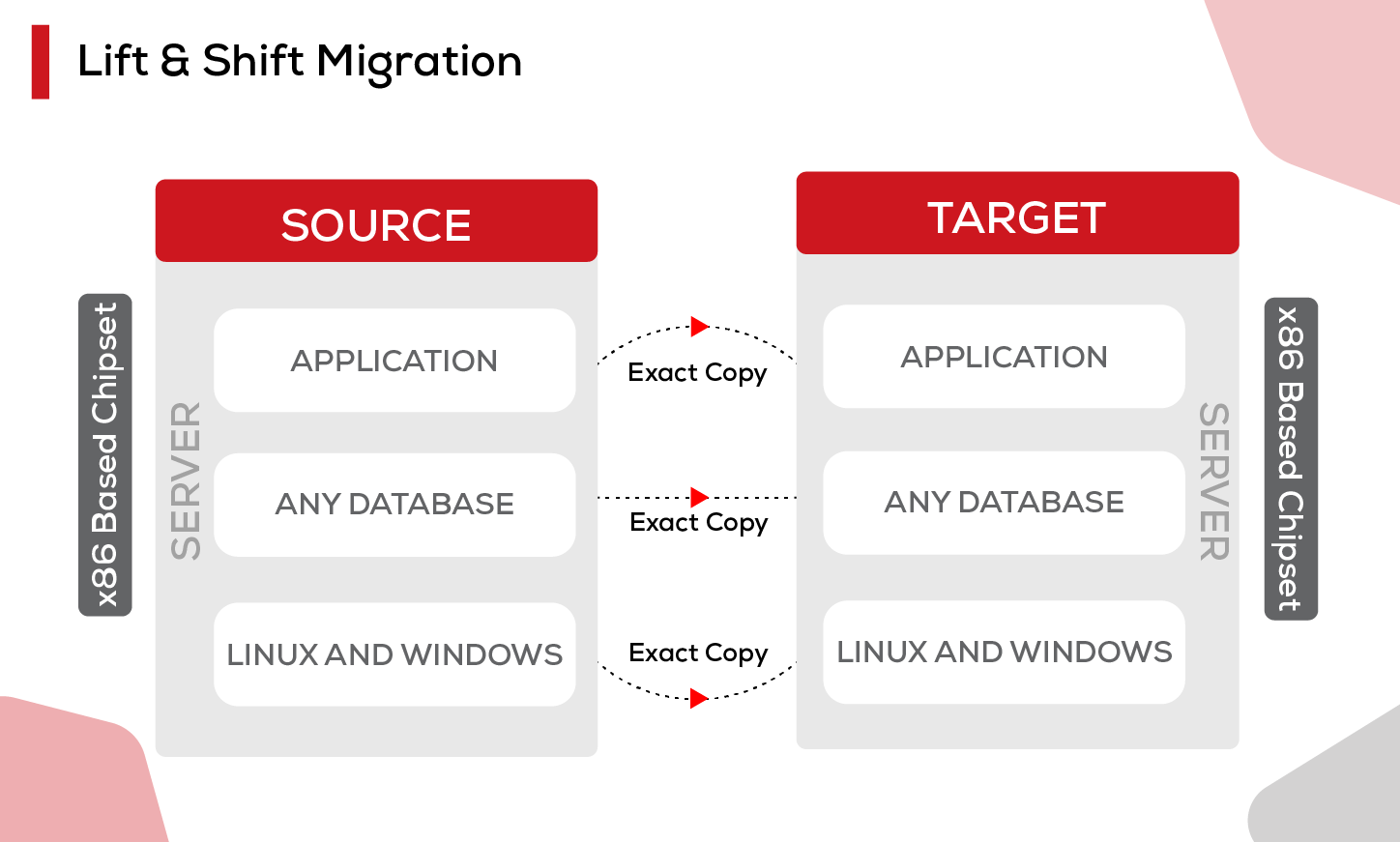
Migrating websites, essential SQL databases, or client desktop services to a cloud platform can be done effectively using the lift and shift approach, as shown by numerous successful use cases. The benefits of this method encompass improved flexibility, faster app functioning, resilience, and increased exploration opportunities.
Here are some other important advantages and disadvantages you will experience when using the lift and shift approach:
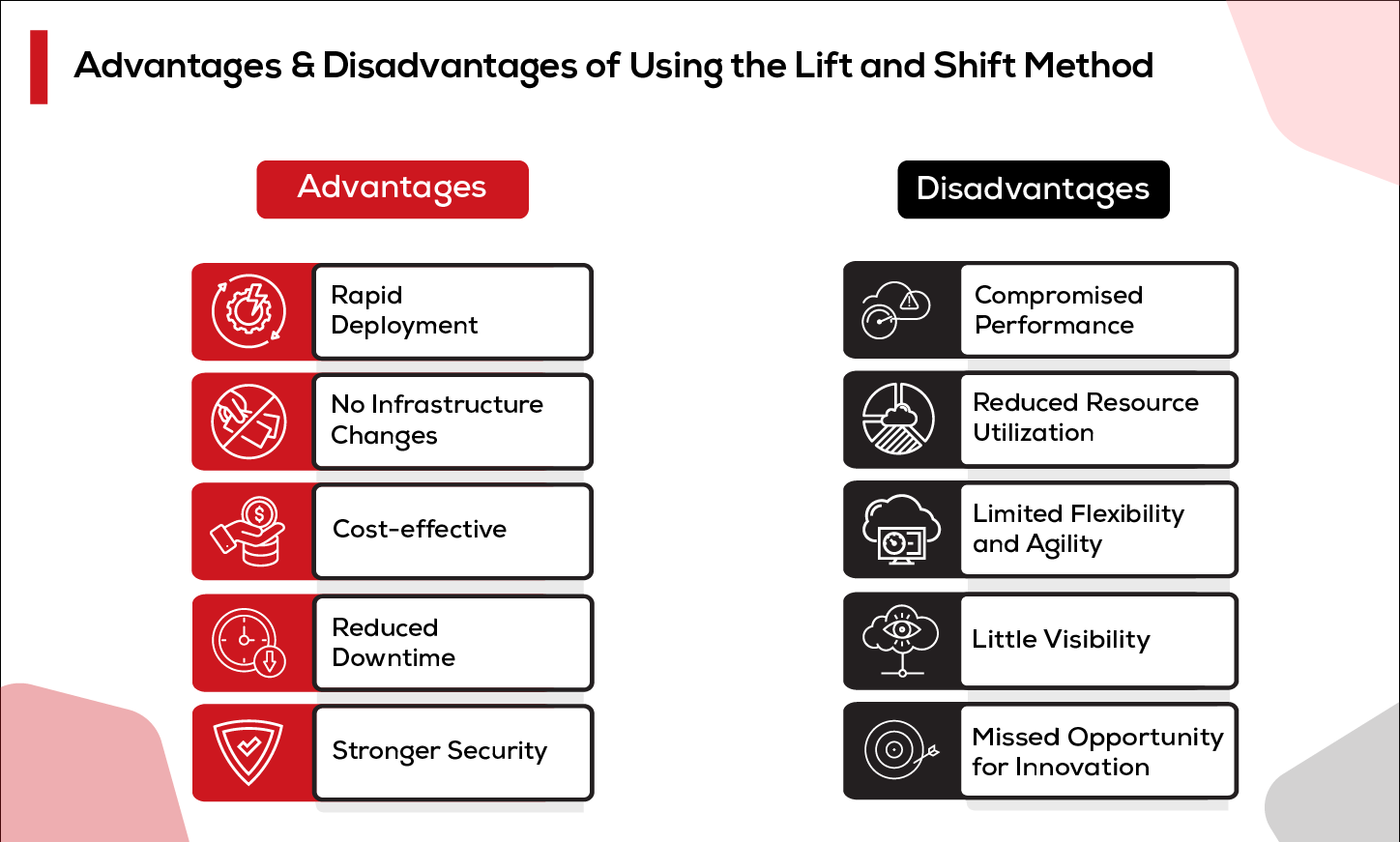
Advantages of Using the Lift and Shift Method
-
Rapid Deployment: Lift and shift migration can facilitate the rapid deployment of your applications to the cloud. Since the focus is on replicating the existing infrastructure and configurations, the migration process can be completed rather quickly, enabling a faster time to market for your workloads.
-
No Infrastructure Changes: One of the key advantages of lift and shift migration is that it doesn't require significant changes to your existing infrastructure. You can migrate your applications as-is, without the need to refactor or re-architect them. This again saves time and effort during the migration process, allowing you to quickly move your workloads to the cloud.
-
Cost-effective: Lift and shift migration can be a cost-effective approach compared to other migration methods. By re-hosting your applications in the cloud, you can take advantage of the cloud provider's infrastructure, which eliminates the need for upfront hardware investments and ongoing maintenance costs. Additionally, you can benefit from the cloud's pay-as-you-go pricing model, where you only pay for the resources you consume.
-
Reduced Downtime: By migrating your applications using the lift and shift approach, you can minimize downtime during the migration process. The existing application infrastructure can be replicated in the cloud, allowing for a seamless transition with minimal disruption to your business operations.
-
Stronger Security: Lift and shift migration allows you to leverage the advanced security capabilities provided by cloud service providers. Most reputable cloud platforms offer robust security measures, such as data encryption, access controls, and threat detection, to ensure the protection of your applications and data.
Disadvantages of Using the Lift and Shift Method
-
Compromised Performance: Migrating applications to the cloud without optimization or re-architecting can result in performance issues. The application's architecture and configuration that worked well in the on-premises environment may not be well-suited for the cloud infrastructure. This can lead to suboptimal performance, scalability limitations, or even increased latency. Without proper performance tuning and optimization, you may not fully leverage the benefits of the cloud environment.
-
Reduced Resource Utilization: The lift and shift approach may not take advantage of cloud-specific features that promote efficient resource utilization. For example, your application may be running on virtual machines in the cloud, but you might not be leveraging features like auto-scaling or load balancing. This can result in underutilization of resources, leading to higher costs and inefficient resource allocation.
-
Limited Flexibility and Agility: While the lift and shift approach allows for quick migration to the cloud, it may limit your flexibility and agility in the long term. Without modifying your applications to leverage cloud-native capabilities, you may be restricted in taking full advantage of agile development practices, DevOps methodologies, and continuous integration/continuous deployment (CI/CD) pipelines.
-
Little Visibility: With the lift and shift approach, you may have limited visibility into the underlying cloud infrastructure. This can make it challenging to monitor and manage the performance, availability, and resource utilization of your applications. Without proper visibility, troubleshooting and optimizing your application's performance can be more difficult.
-
Missed Opportunity for Innovation: By solely relying on the lift and shift approach to migrate applications to the cloud, you may be overlooking the opportunity to use innovative cloud-native services. Cloud platforms offer a broad range of advanced features, including machine learning, big data analytics, server-less computing, and container orchestration. These services can significantly enhance the capabilities and efficiency of your applications. However, the lift and shift approach may not take full advantage of these opportunities for innovation.
When to Use the Lift and Shift Method?
While lift and shift can be a valuable approach to consider for cloud migration during modernization, there may be alternative solutions available that are better suited for certain situations. It is essential to determine if the lift and shift approach aligns best with your business requirements. Here are a few situations indicating the need for a lift and shift approach to achieve successful results in your business.
- First, if you find yourself spending more on your on-premise infrastructure and it is tough to rebuild your app from scratch, the wise option would be to lift and shift the workload to the new cloud. However, you can refactor your application when you find it is the right time to do so.
- Businesses that want a scalable data backup or a more affordable recovery solution can choose to lift and shift workload or application to a modern architecture.
- You might have applications that are not custom-made, and you wouldn't want to re-architect them either. In such cases, you may simply want to migrate them to the cloud. The lift-and-shift approach proves to be the ideal solution for seamlessly moving your apps as-is to a cloud environment.
Factors to Consider Before Using the Lift and Shift Approach

Before undertaking a lift and shift migration, there are several important factors to consider. By carefully considering the factors given below, you can better plan and execute a lift and shift migration that aligns with your business needs, technical requirements, and long-term objectives.
- Compliance Requirements: Ensure you assess the compliance requirements that apply to your applications and data. Keep in mind that security, data privacy, and residency regulations may vary based on industries and regions. Therefore, it is crucial to verify that the chosen cloud provider and migration process align with these compliance requirements to avoid any potential legal or regulatory issues.
- Data Transfer and Connectivity: Evaluate the volume and complexity of data transfer involved in the migration process. Consider the network bandwidth, data transfer costs, and connectivity requirements between the on-premises environment and the cloud. Adequate network capacity and connectivity options are crucial to ensure smooth and efficient data transfer during migration.
- Application Lifespan: Consider the projected lifespan of your applications when deciding whether to use the lift and shift migration approach. This method is often suitable for applications with a short to medium lifespan or those that may be phased out soon. However, if you anticipate significant changes or updates to your applications in the long term, considering a cloud-native architecture or exploring a different migration strategy might be more beneficial.
- Prioritize your Migration Needs: Determine the priority of your applications for migration. Consider factors such as business impact, criticality, and dependencies. Some applications may have higher priority due to business requirements, while others may be less critical or can tolerate a longer migration timeline. Establishing a clear migration priority helps in planning and executing the migration systematically.
- Migration Automation Tools: Explore the availability and suitability of migration automation tools. Various cloud providers and third-party vendors offer tools and services specifically designed to facilitate lift and shift migrations. These tools can automate and streamline the migration process, reducing manual effort and potential errors. Evaluate the available options and select the tools that best align with your requirements and technical environment.
- Application Dependencies and Integration: Identify any dependencies or integrations your applications have with other systems or services. Consider how these dependencies will be handled during the migration. You may need to address changes in network configurations, API integrations, or data flows to ensure a seamless transition and uninterrupted functionality.
Closing Thoughts
Cloud migration is increasingly becoming an indispensable part of modern businesses, and it’s no longer considered a luxury but rather a crucial step that can fuel the growth and success of an enterprise. Lift and shift is one of the popular approaches that is fast, easy, low-risk, and less expensive to migrate onto cloud virtual machines without any recoding. The success of this approach depends largely on how well you analyse your cloud needs and your business strategy. Sometimes analysts can help facilitate a smooth transition by recognizing technical challenges as well as cost loads while shifting. Make sure you use the right resources and tools to successfully implement the shift migration strategy for a great cloud experience.










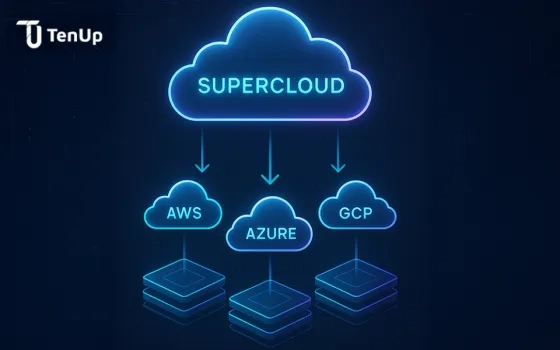

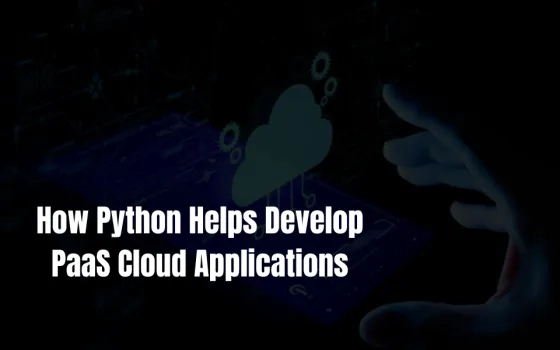

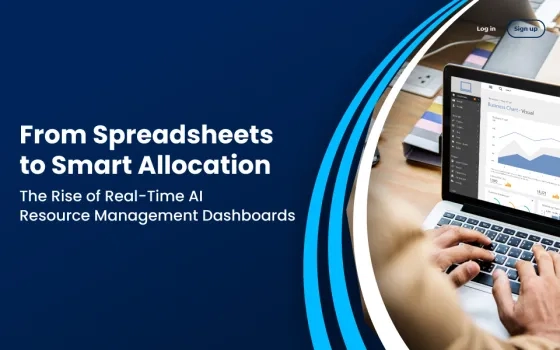



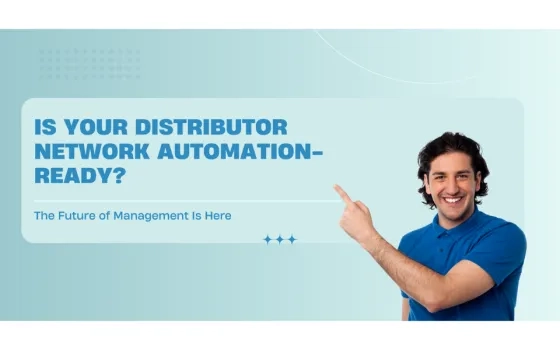

Comment
Great article. Well done team!
I would recommend to add a step to run solution assessment to under the effort and readiness including costs before migrating to cloud. Solution assessments are a solid pre-sales tool to assure the customer about cloud.